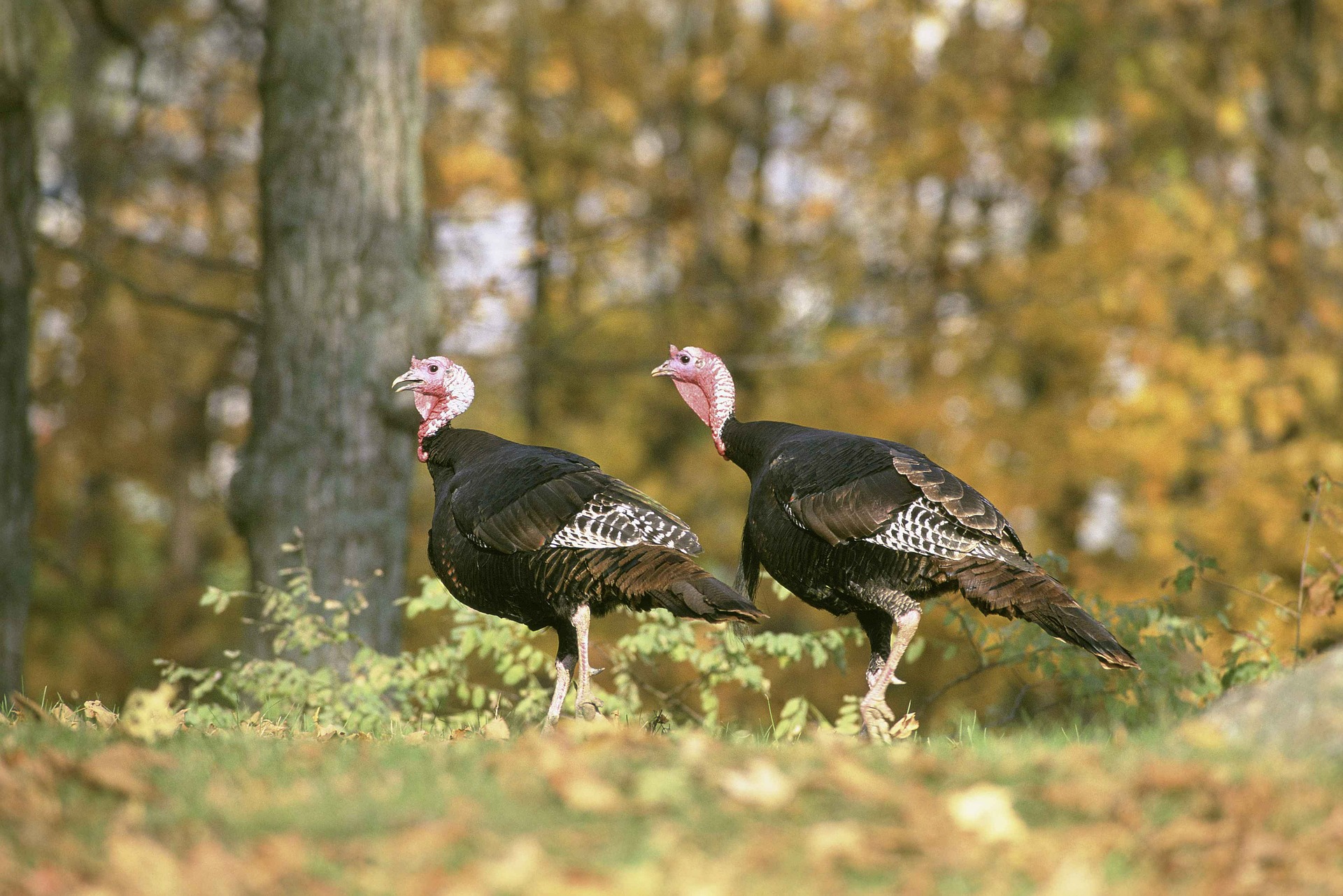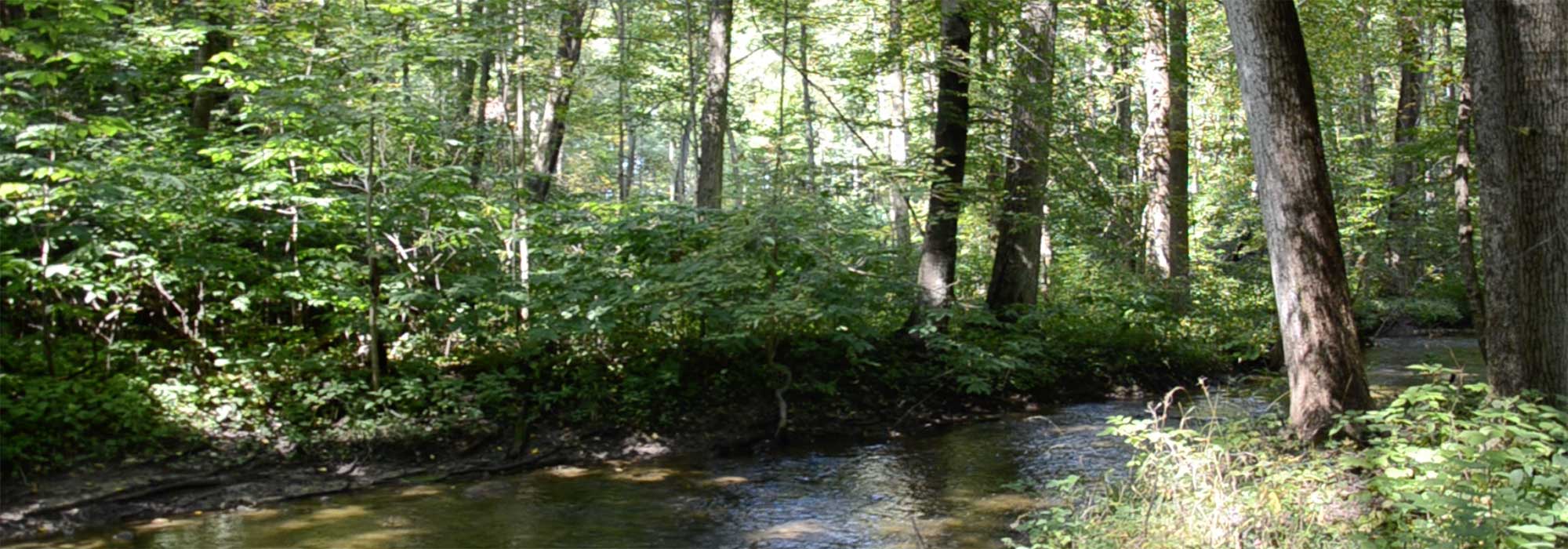Quality, Service, & Forest Stewardship for Over 100 years!
Pike News
Wild Turkey

The wild turkey has become increasingly more common throughout its range in recent years. The rebounding population is largely due to habitat conservation. Turkeys need diversity of habitats depending on the time of the year. During the winter months, turkeys utilize areas that have a mixture of mature nut producing trees and thick cover such as pine or a dense stand of sapling hardwood trees. In late spring, the hens choose nesting locations in dense briar patches, abandoned pasture fields, or other dense vegetation. In summer and early fall, the birds will utilize pastures and hay fields along with woods that have healthy mature trees and a developed understory. This type of woods will provide abundant seeds and insects, which are a crucial food source for the developing young poults.
To increase your property’s ability to hold wild turkeys, ensure that it has a dependable source of food for the turkeys. This can be accomplished by striving to have multiple size classes of trees in your woodland including sapling, pole and mature trees. This will insure that the cover and food requirement of the turkeys is being meet. To supplement the natural food source, try leaving a few rows of corn standing next to the woods. This will aid the turkeys in finding food in the event of a heavy winter snow.

